Long before the famous and much-beloved television show, CSI: Crime Scene Investigations, murders and mysteries went largely unsolved.
Prior to the 1950s, there was no dusting for fingerprints, no combing for DNA samples, and no collecting of evidence. Deaths were simply reported, cleaned up, and mourned.
But in 1878, forensic investigation as we know it was born — and it came in the form of Frances Glessner Lee, a wealthy heiress with a love for mysteries and an eye for detail.
At the age of 52, Frances had been married, divorced, and mothered three children. But she had yet to achieve her dreams. However, with the crafting of one incredibly detailed dollhouse, all of that changed — and crime scene investigation was born.
Now, her dioramas are still being studied and making waves, and after looking through these incredible photos, it's no wonder why.
After scrolling through, be sure to watch the video below — and please SHARE if you love these chilling dollhouses!
Frances Glessner Lee was not your average lady. Born in 1878 to a wealthy Chicago family, Frances was bred to be an elegant heiress and socialite. But this spunky woman had another path in mind...
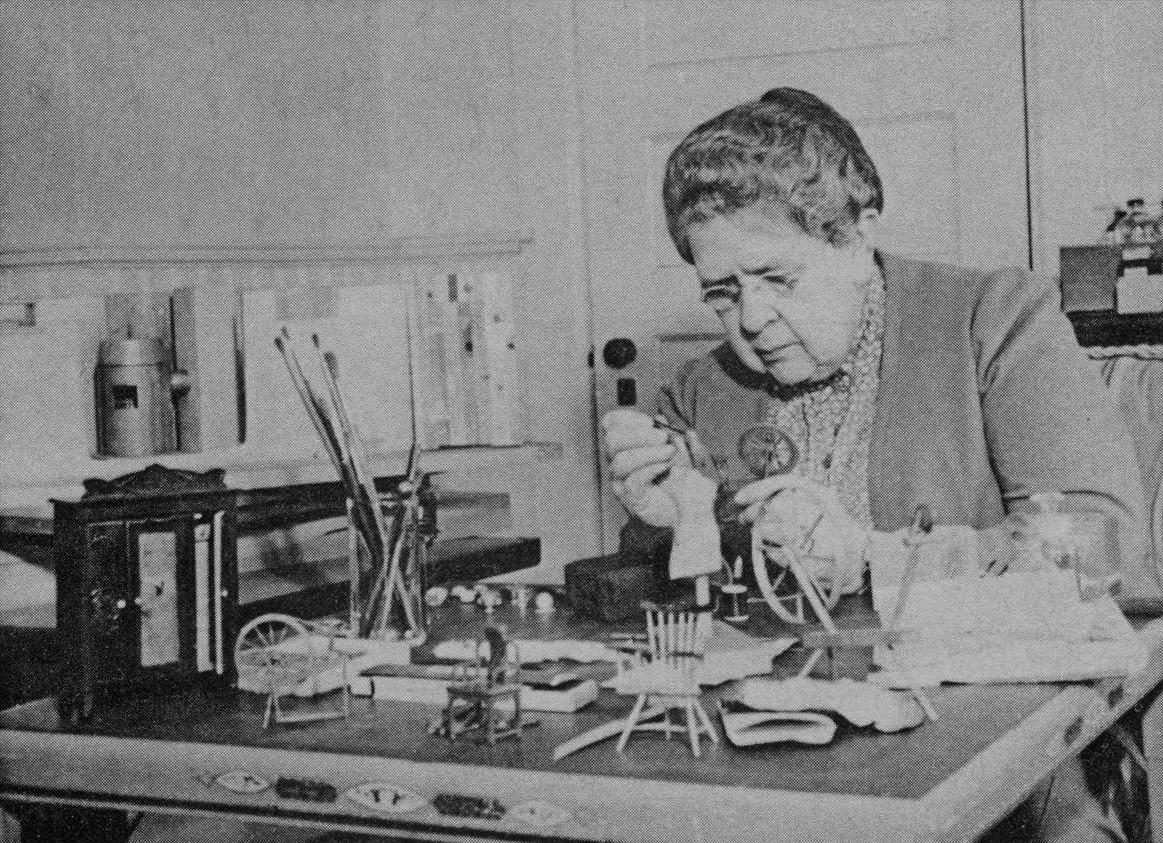
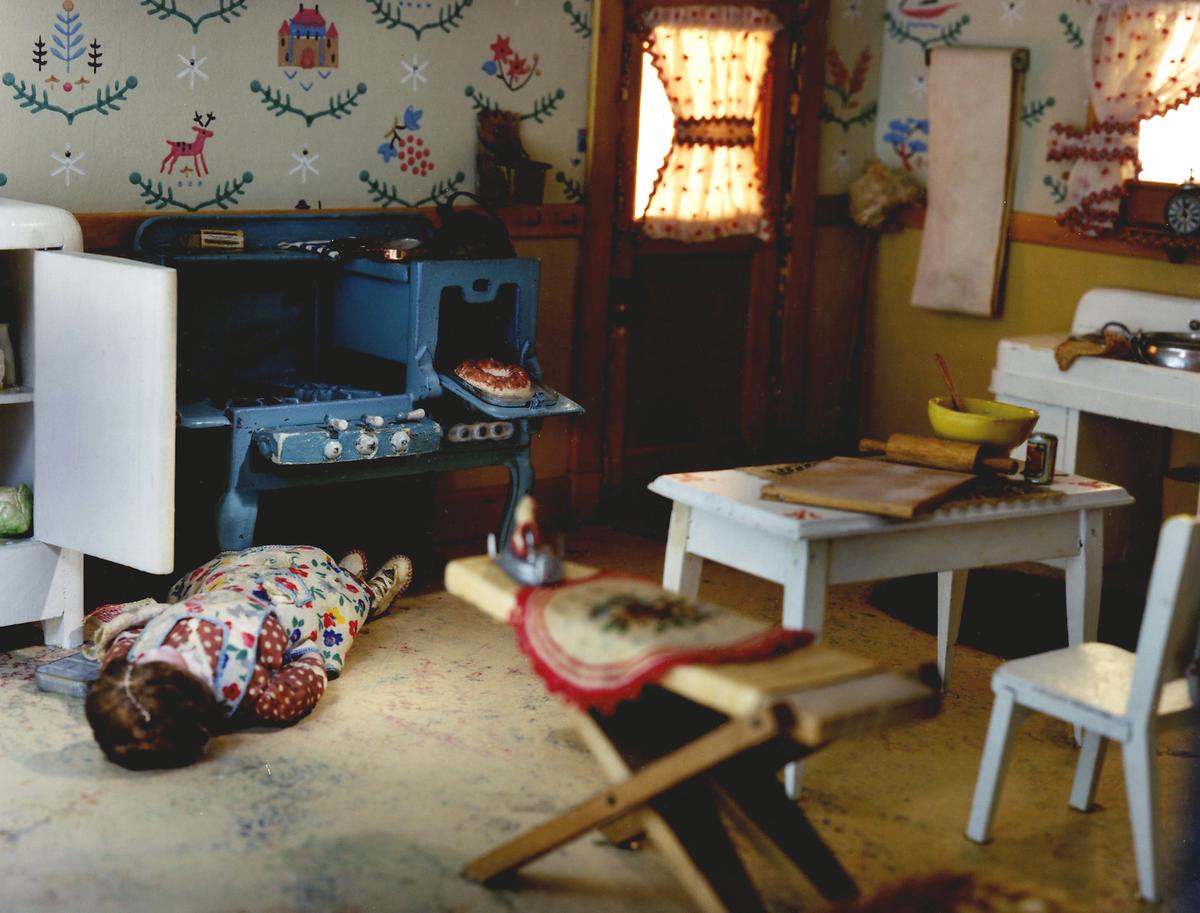
Frances loved unsolved mysteries — specifically Sir Arthur Conan Doyle's Sherlock Holmes. She was a detailed and thorough thinker, and she loved to unravel difficult riddles. Because of this, from an early age, Frances expressed an interest in forensic pathology.

But because she was a woman, Frances was strongly discouraged from pursuing it. Instead of going off to college — like her brother at Harvard — she was married to a prominent lawyer. So Frances waited until 1930 — a year after her brother's death — to finally take the steps toward her passion.
Frances was a 52-year-old divorcee and mother of three when she began to study crime scene investigation. Though she didn't know it at the time, her work would forever influence forensic study...
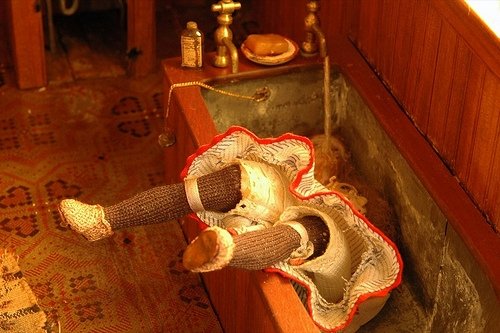
An avid lover of miniatures and dollhouses, Frances began what she called "The Nutshell Studies of Unexplained Death." Using hand-crafted dollhouse dioramas, she recreated murders that had never been solved.
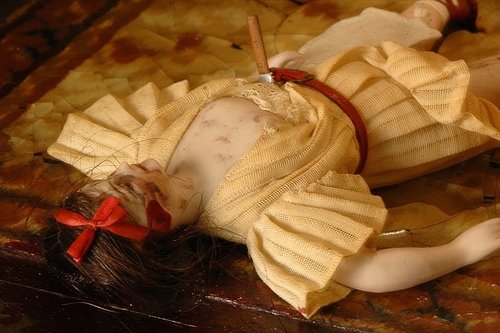
Using police reports and court records, Frances would painstakingly render crime scenes. She would then bring these detailed dioramas to Harvard lectures, where students were taught how to study the sometimes bloody and usually gruesome scenes.
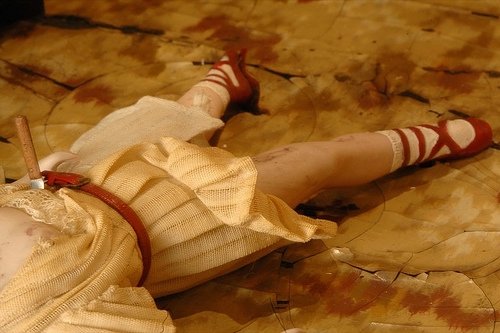
The point of these studies were not to solve the murders, but to examine the details of the crime scene. Frances instructed students to look beyond the immediate details and find the truth below.
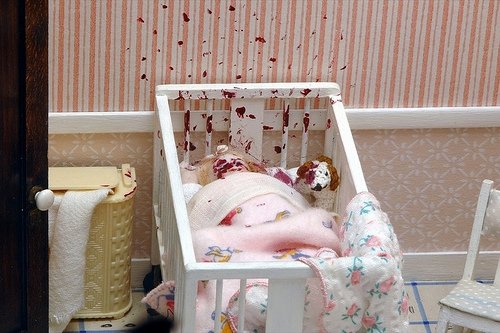
The dioramas were exceptionally detailed and complex. Though the deaths and pieces of evidence were taken from police reports, the design of each house was often her own design. Each one took months to craft.
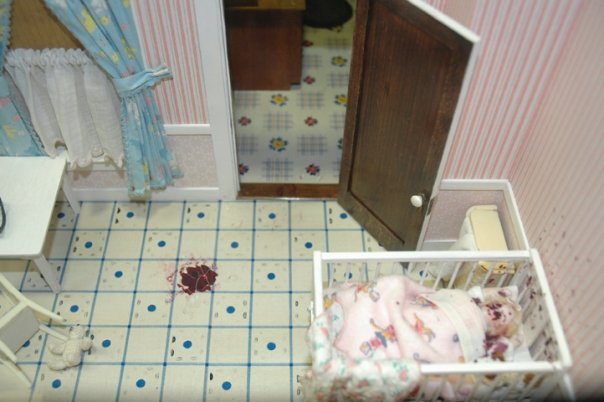
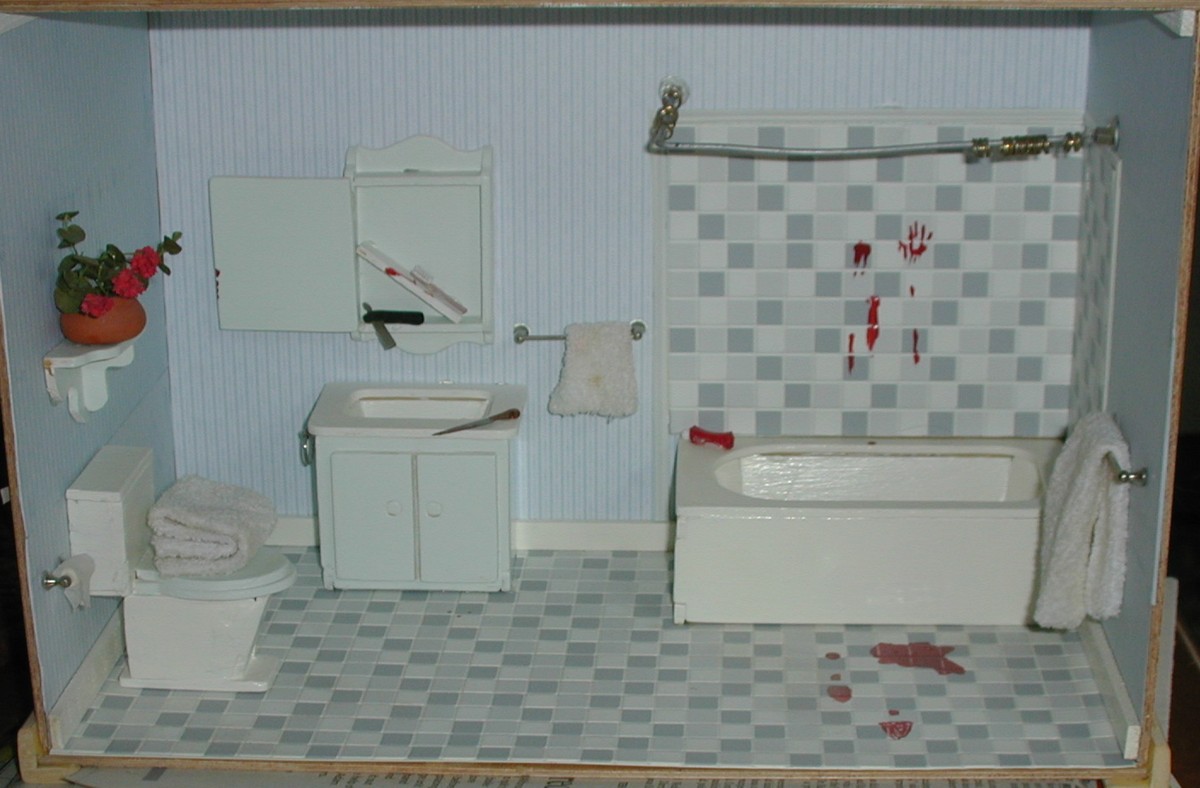
But these dioramas were were not only beautiful; they were complex. One particular "Nutshell," for instance, depicted a woman peacefully sleeping in her messy apartment — but by pulling a string, her pillow was lifted, revealing lipstick marks on its underside; this, Frances said, was evidence that the woman might have been smothered.
Frances not only lobbied for more detailed analysis of crime scenes, but for more medical experience on the field. During the her work in the '30s and '40s, local coroners were responsible for investigating murders.
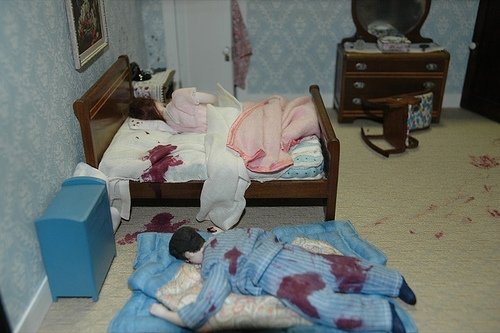
But without any medical training, the causes of death were often wrongly attributed. Thus, many murders went unsolved — and many murderers went free.
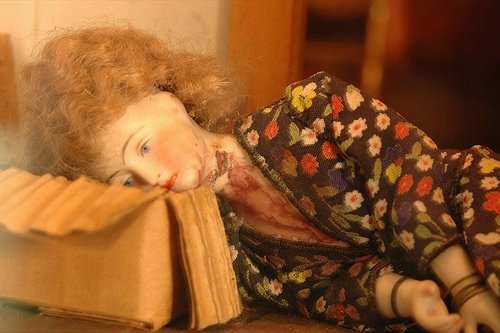
However, thanks to Frances, all of this changed. After pushing for medical professionals to replace coroners, she went on to establish the Department of Legal Medicine at Harvard — the only such program in America.

In 1943, now 65 years old, Frances was appointed honorary captain in the New Hampshire State Police. No other woman had ever held such a title.
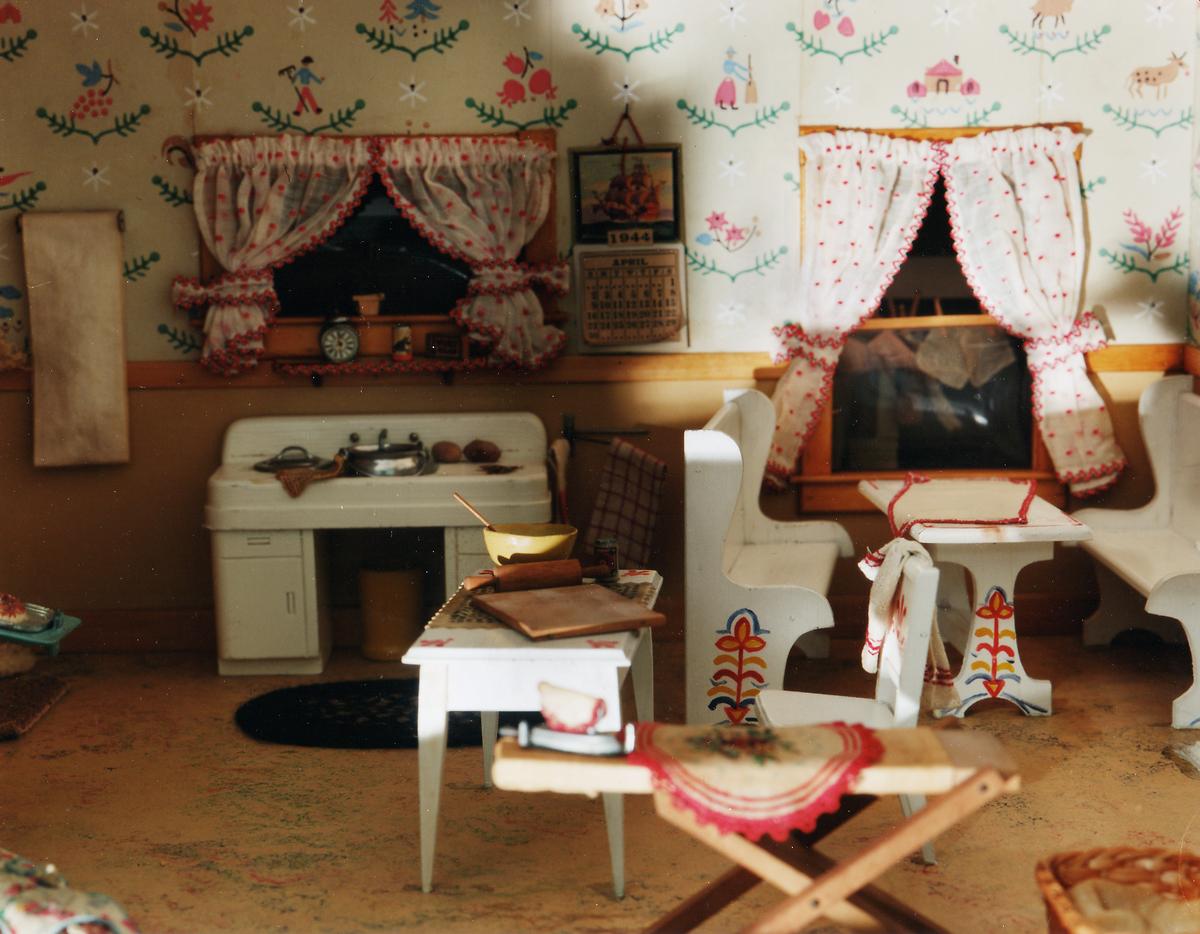
Today, her "Nutshells" are preserved at the Maryland Medical Examiner’s Office, where they may be viewed with private, limited access.
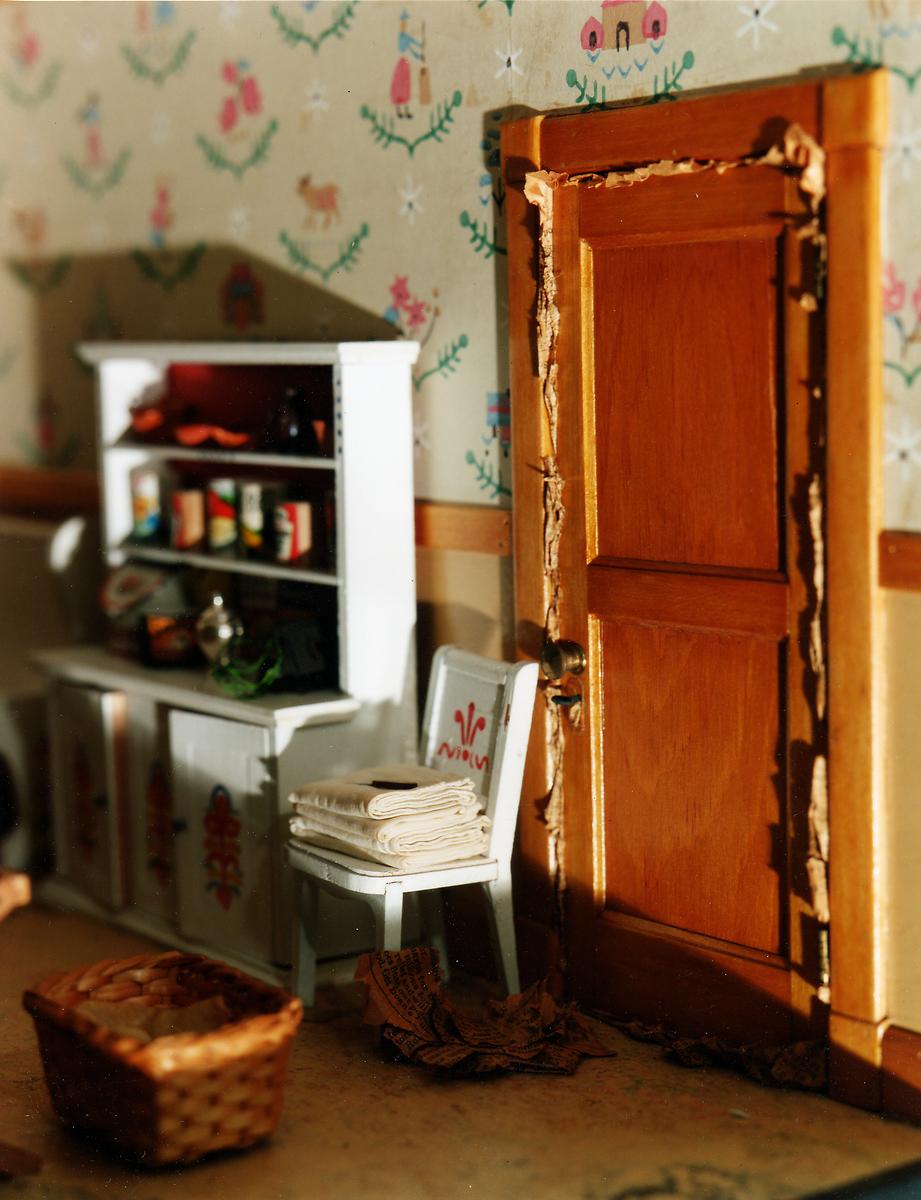
People still marvel over the many intricacies of Frances' work, in which no detail was forgotten.
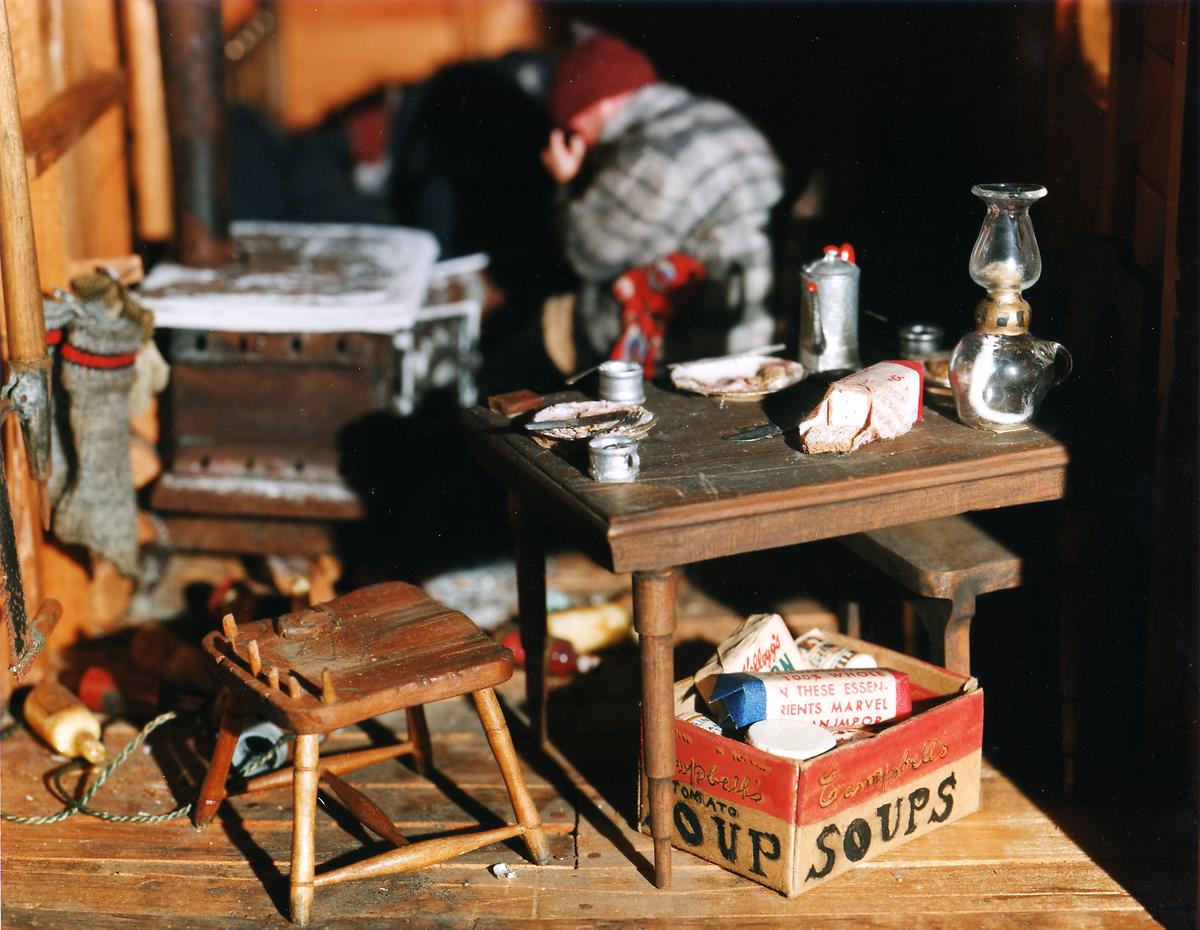
Cabinets open, lights turn on, calendars depict actual dates... The "Nutshell" dioramas are truly a sight to behold.
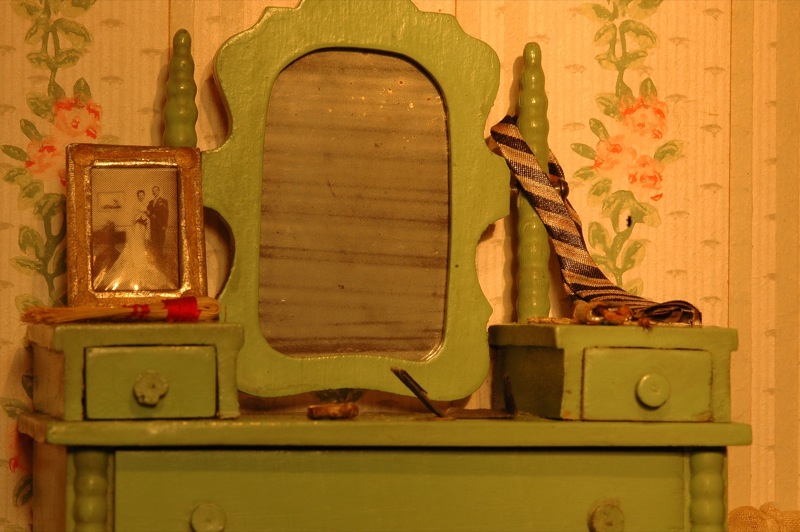
Today, Frances — dubbed the "mother of forensic investigation" — is regarded as a true pioneer of the field. In her honor, Harvard Associates in Police Science named one of their divisions, "the Frances Glessner Lee Homicide School." Thankfully, this eagl
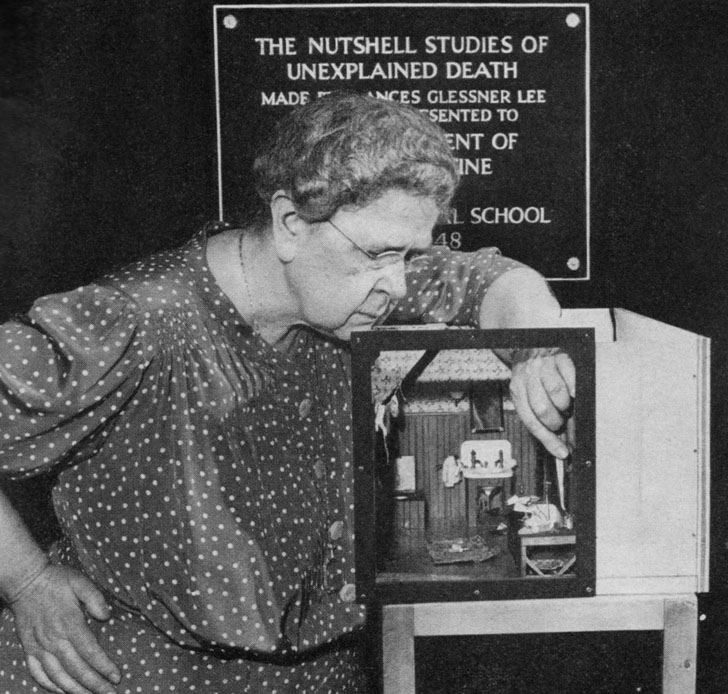
Be sure to watch the video below, and please SHARE if this was fascinating!
h/t: Amusing Planet




